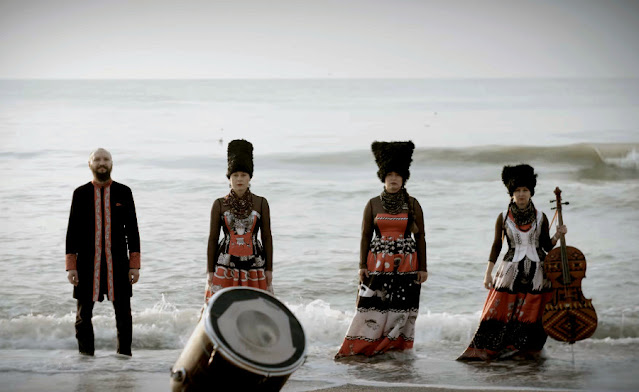What is Novruz?
Nowruz or Novruz translates as (Persian) New Year and begins upon the spring equinox, it is celebrated across Asia and holds special significance in Eurasia.
It is perhaps one of the most significant celebrations for the people of Azerbaijan, indeed after Iran it holds the most days of observance of the holiday. In Azerbaijan the celebrations officially begin on the spring equinox which, depending on the year, is either the 20th or 21st of March. Unlike New years celebrations in the west the celebration holds great significance to the people of Azerbaijan much like lunar new year holds to Chinese people. As such the celebration also differs in meaning. it is not like our new years celebrations, simply a marking of a new calendar year, but instead a celebration of nature and as such the Azerbaijani people celebrate each natural element.
The celebrations begins a month before Novruz where each Tuesday before the festival is dedicated to a different element. First is water which is a symbol of purity and renewal, the second is Fire which symbolises rebirth (as a phoenix may raise from the ashes), Third is earth where the renewal of the earth is celebrated, then the final element is Wind where spring air arrives and the wind opens the flower buds, marking the arrival of spring. Each Tuesday has its own khoncha, a large silver or copper tray, which is then filled with traditional items such as sweets and nuts, and items which symbolises the elements, such as water. Other preparations are also made before Novruz such as cleaning, making dresses and planting trees, all symbols of a renewal, ready to welcome in a new year. Perhaps one tradition we recognise as similar to one of our own is the painting of eggs. Much like the painting of hard boiled eggs before and during the period of Easter Azerbaijani people will decorate eggs 'representing the end of the former year and the beginning of a new one'. Whilst we may not celebrate Easter in the way of a new year, it is clear that Easter bares similarities to that of Novruz and not just because we too often paint eggs. Indeed, Easter whether celebrated under Christianity or in a secular sense is seen to be a celebration of rebirth. Easter of course has always traditionally been derived from the second coming of Christ, his own rebirth in a sense, and the rebirth of humanity as Jesus wiped away our sins, dying so we could be saved. Rebirth is also at the centre of a more secular celebration of Easter in terms that one celebrates new life, given that it is the time of year symbolised by many animals giving birth. Indeed the notion of renewal is deeply buried in the easter tradition as it is in Novruz.
On the evening before Novruz a large and special feast is cooked by the Azerbaijani people. This feast is cooked for the whole family to consume, as family is, just like many other celebrations around the world, extremely important to this festival. Before the feast starts the head of the table lays a mat and says prayers. The table will be decorated with a khoncha with Samani (wheat that was planted on water Tuesday) placed in the centre and candles and painted eggs. When Novruz finally arrives there is nothing else to be done, instead people relax and celebrate with their family and friends as they welcome in a new year and a new beginning. The festival itself lasts several days with celebration being the key to festivities, Azerbaijani people will celebrate by dancing, playing games, hosting competitions and watching various forms of entertainment such as sport games and comedians. Much of this time remains national holiday so that Azerbaijani people can celebrate the renewal and rebirth properly.
Indeed Novruz is a tradition which dates back thousands of years and is celebrated across Asia. Whilst important in many countries it is a key celebration in Azerbaijan, only pausing when it was outlawed by the Soviet union, but since then the festival has been renewed and has become ever more popular.





Comments
Post a Comment